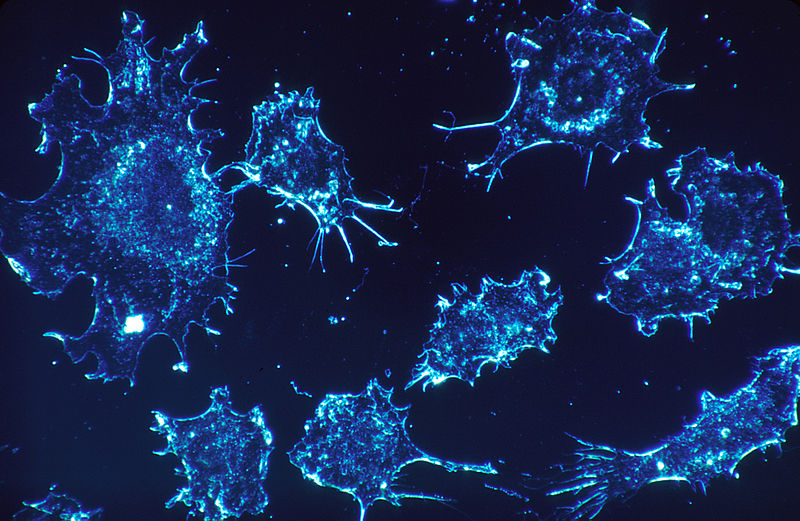Diamonds are formed deep within the earth at the depths of about 100 miles. That part of the earth has extremely high temperatures and pressure. Diamonds are the most concentrated form of pure carbon. Carbon-containing minerals provide the carbon source, and the growth occurs over billions of years.
But scientists at North Carolina State University have discovered a new carbon phase that could be used to create real diamonds in a laboratory.
Scientists Create Much Harder and Brighter Diamonds at Room Temperature
In a press release, Jay Narayan, a material scientist at NC State University, said, “We’ve now created a third solid phase of carbon. The only place it may be found in the natural world would be possibly in the core of some planets.”
Researchers named the new phase ‘Q-carbon’. Q-carbon is ferromagnetic, harder than diamond, and glows when exposed to energy.
How Did They Do It?
Scientists used two things to create Q-carbon: a source of carbon and a substrate, a material where the reaction can take place. They coated the substrate with a layer of amorphous carbon. Coal is an example of amorphous carbon while the choice for the substrate was between sapphire, glass, or plastic.
The coated substrate is then blasted with a laser pulse for about 200 nanoseconds, raising the temperature to 6,740 °F. The carbon was then quickly cooled down; once it cooled, it crystallized into Q-carbon, which is even harder and brighter than natural diamonds.
The process to create Q–carbon is relatively inexpensive, but more work is needed before it opens up a world of new applications.






